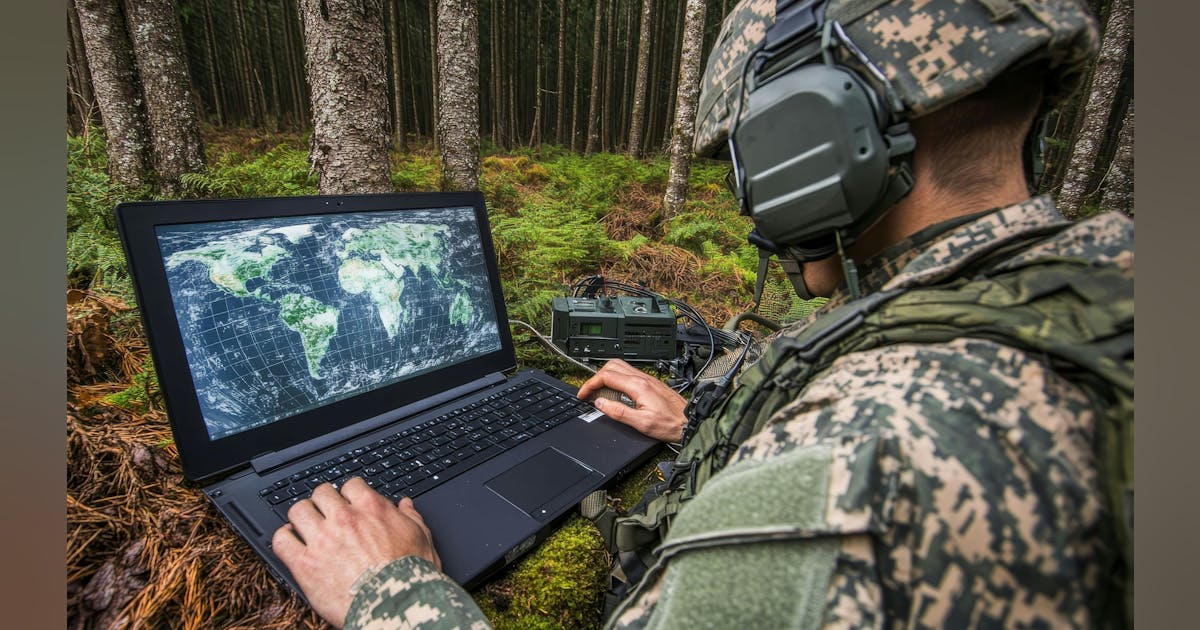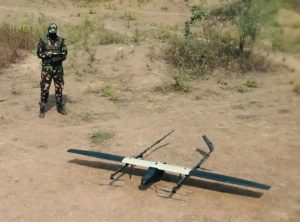Army Seeks Next-Gen Ka-Band Tactical Terminal: A Glimpse into the Future of Battlefield SATCOM
The modern battlefield is evolving rapidly, demanding instantaneous, reliable, and resilient communications. The U.S. Army is pushing for an advanced Ka-band tactical terminal, promising to revolutionize battlefield satellite communications (SATCOM). This shift is essential to keep pace with rapid threats and opportunities in military engagements.
Why Ka-Band? The Foundation of Modern Military SATCOM
The Ka-band, covering 26.5 to 40 GHz, is fast becoming the preferred frequency for battlefield SATCOM. It offers significant improvements in data throughput, jamming resistance, and flexibility over older X- and Ku-band systems.
- Massive Bandwidth: A single WGS satellite in the Ka-band can provide more capacity than the entire legacy DSCS constellation.
- High-Speed Data: Enables quick, secure transfer of video, voice, and mission data.
- Mission Flexibility: Commanders have the ability to allocate resources effectively, minimizing risks and costs.
- Jamming Resistance: Utilizes protected tactical waveforms (PTW) for enhanced security.
- All-Weather Performance: Operates efficiently under various weather conditions.
What Is the Army Looking For?
The Army’s request, originating from Aberdeen Proving Ground, is for production-ready technology, not mere concepts.
- Technology Readiness Level 6 (TRL-6): Solutions must be proven in realistic or simulated environments, ensuring no theoretical promises.
- Multi-Beam Lens Array Antenna: Capable of simultaneous multi-satellite tracking, ensuring persistent connectivity.
- Full Constellation Coverage: Must function across LEO, MEO, and GEO orbits.
- Stringent Performance: High EIRP and gain-to-noise-temperature ratios are critical for clear connections.
- Operational Testing: Systems must be tested under realistic conditions.
Army’s Broader SATCOM Strategy
The Ka-band tactical terminal is part of the Army’s ‘Family of Terminals’ (FoT) strategy, aiming for modular and flexible SATCOM solutions.
- Expeditionary Design: Easy setup and relocation facilitate rapid deployments.
- Integration Across Echelons: Provides the right communications capabilities to all military levels.
- Compatibility with Networks: Designed to work with current and future satellites, ensuring continuity.
Examples of Tactical Ka-Band Terminals
Recent innovations include:
- Lightweight Antennas: Like the Leonardo TST-301/B, offering quick deployment and multiband capabilities.
- Software-Defined SATCOM: Terminals that utilize intelligent surfaces for future adaptability.
- Modular Design: Prioritizing ease of deployment and upgrades.
Industry Impact
Companies with tested, production-ready solutions are encouraged to submit capability statements for future procurement opportunities.
- Innovation Drive: Only proven solutions will be considered, speeding up implementation.
- Opportunities for New Players: Especially those in software-defined antennas and advanced lens arrays.
- Long-Term Growth: Demand for multi-orbit terminals is expected to rise.
Significance for Soldiers
The new terminal offers:
- Always-On Connectivity: Multi-beam tracking keeps units connected even when some constellations are unavailable.
- Real-Time Intel Sharing: High-bandwidth connections enable the instant sharing of critical data.
- Reduced Load: Modern, lightweight designs simplify field operations.
- Resilience: Advanced features counter electronic warfare and environmental challenges.
The Future of Military SATCOM
The push for Ka-band terminals underscores the transition to information warfare dependent on rapid and reliable communications.
- AI-Optimized Connectivity: Future terminals might employ AI for better network management.
- Interoperability with Allies: Enhanced collaboration with coalition partners using similar technologies.
- Commercial-Military Hybridization: Advances that benefit both military and commercial sectors.
Final Thoughts
The Army’s pursuit of Ka-band tactical terminals is a commitment to maintaining information dominance through robust SATCOM. It’s an invitation for industry players to innovate while promising soldiers enhanced operational capabilities. As the nature of warfare evolves, the role of advanced communication solutions becomes more critical than ever.













